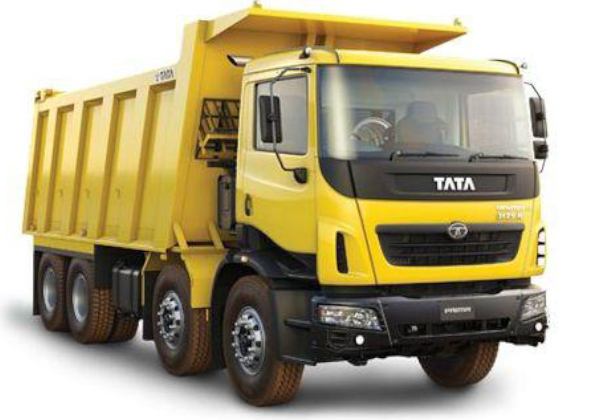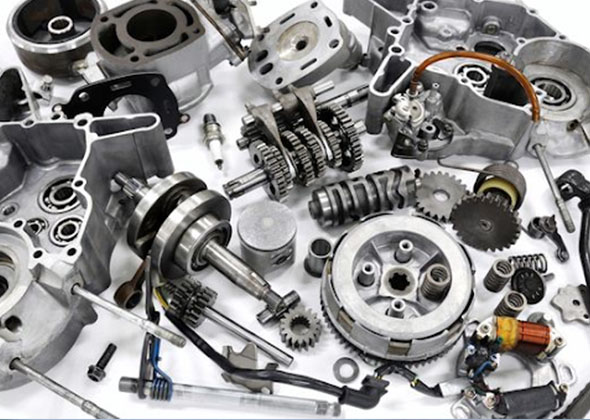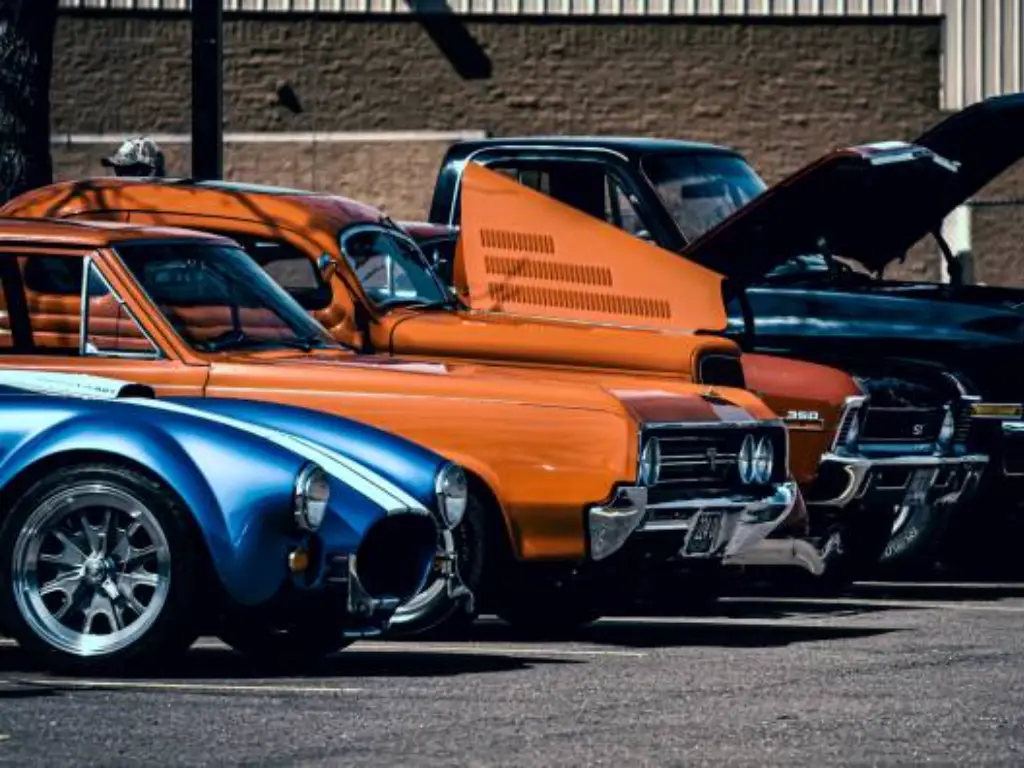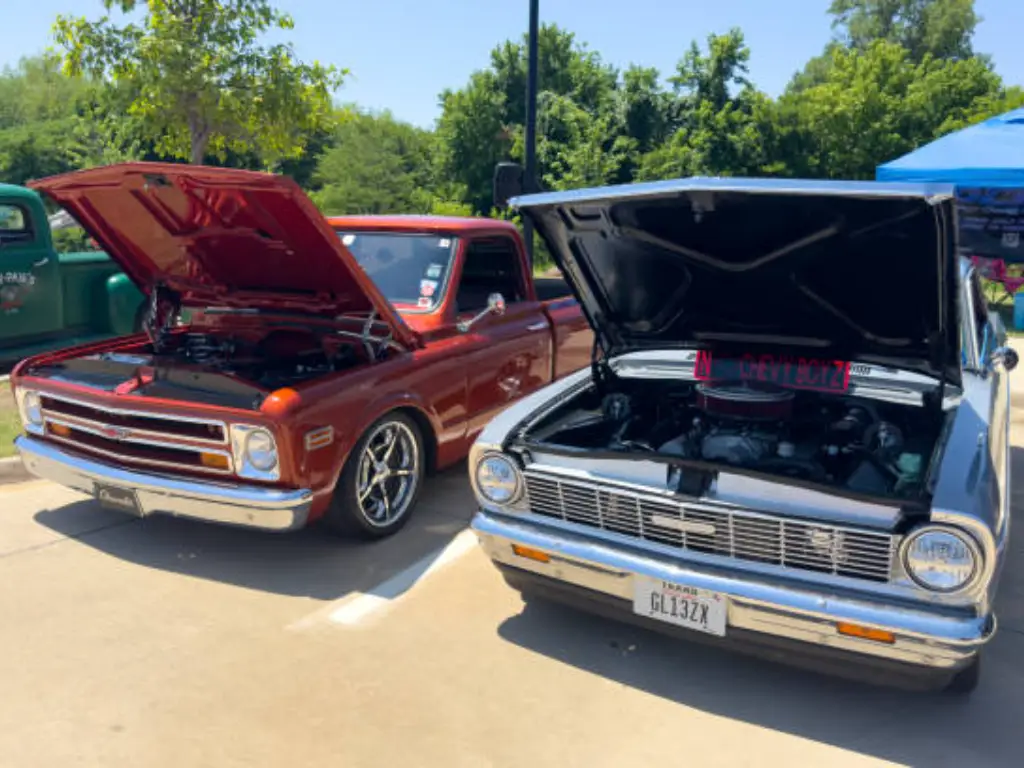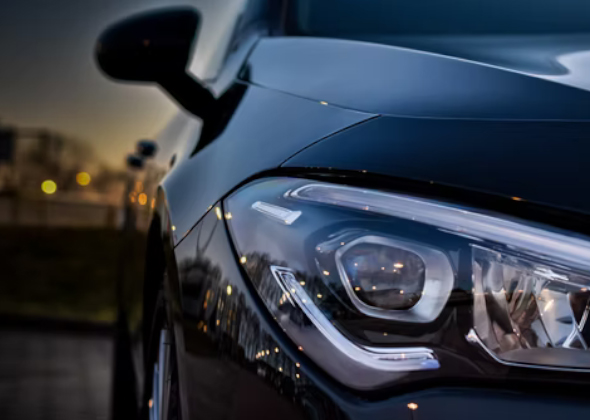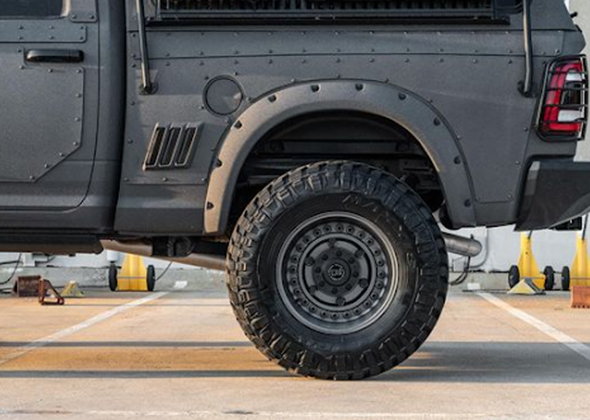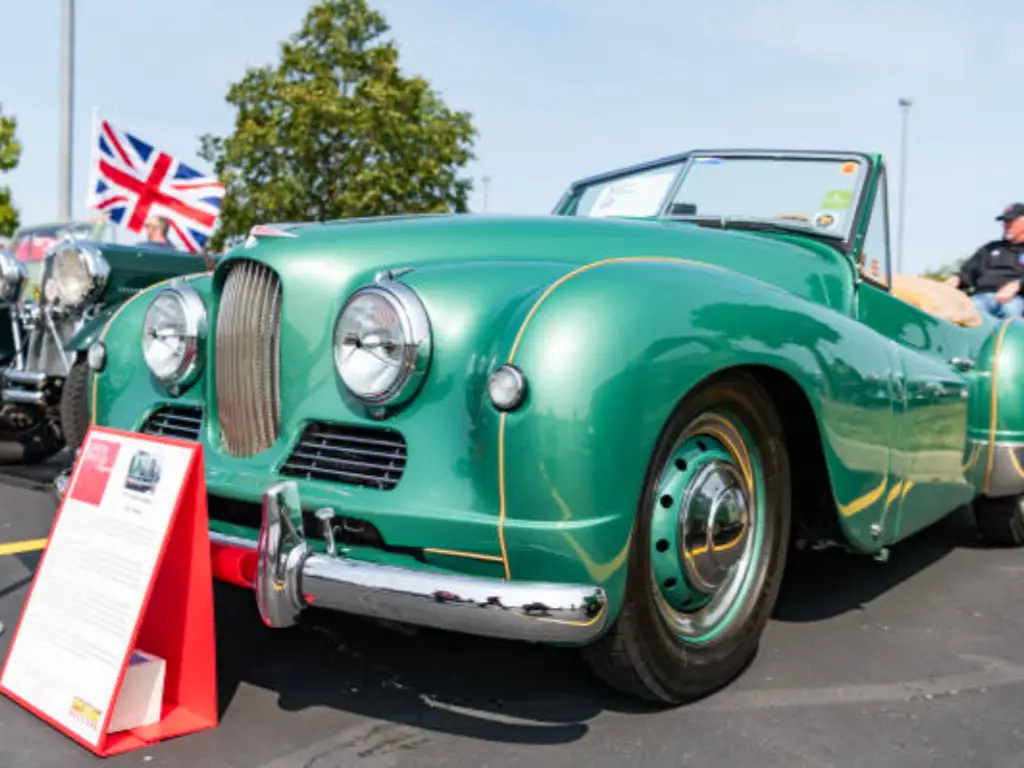
An Introduction to Britain’s Golden Age of Motoring
The old British motorcar has some magic. It is a feel, the smell of high-quality leather and warm oil, the feel of the wood-rimmed steering wheel, the unmistakable burble of a straight-six engine breathing via a series of SU carburetors. It is a feeling of the olden days of motoring, when vehicles were made with soul, personality, and a spray of wonderful quirkiness.
It was a Golden Age of unprecedented innovation and style to the British automotive industry; a period of roughly 1940s-1990s that saw the industry rise out of the post-war industrial recovery to dominate the modern supercar era. The manufacturers of Britain were inspired by a sense of optimism and the abundance of engineering skills, educated in the course of war, and started to produce vehicles that gripped the imagination of the world. These cars made their way to be the international ambassadors of the so-called British cool on the cobblestone streets of London, on the meandering Alps roads, and on the sun-soaked highways of California.
They were not only means of transportation, but also cultural points of reference. Others started off as prototypes and then turned into production icons, whilst others have turned out to be a real racer, like Le Mans and Monte Carlo. They won, appeared together with film heroes, and were hired to be chariots for both the rock stars and the royal families. Their birth was a special combination of formal tradition and insubordinate creativity, and frequently they provided not only prestige but also surprisingly good value to those who were lucky enough to possess them. This paper honours such a legacy by discussing ten of the most legendary classic British cars that have ever rolled – rolling sculptures that are still admired by fans and are the quintessence of the classic car.
Discover 10 Iconic Classic British Cars You Need to Know About
In order to fully enjoy the scope of the automotive genius of Britain, one needs to consider the particular machines that characterized the era. The story behind the design and engineering of each of the subsequent cars, as well as their cultural influence, is distinct.
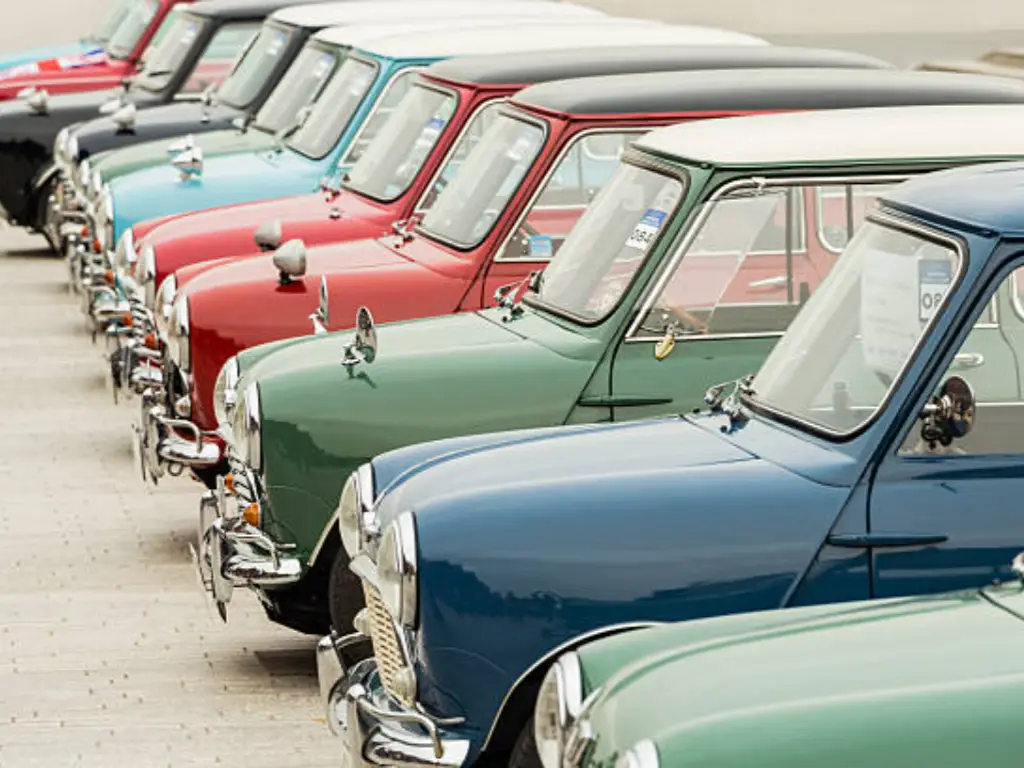
1. The Original Mini (1959-2000)
The Mini was not merely a small car; it was a revolution. The Mini was commissioned by the concept of Sir Alec Issigonis in reaction to the 1956 Suez Crisis and fuel shortages it caused, and the Mini was to achieve as much interior space as it could with a minimum body size. He was clever with his solution: a transversely mounted engine with the gearbox at the sump, which drives the wheels to the farthest extremes. What was achieved was a vehicle that was able to easily accommodate four adults, although it was only 10 feet in length.
It was a sensation due to its go-kart-like handling and classless nature of appeal. It was propelled by all, cheap urbanites, to acting superstars like Peter Sellers and Steve McQueen. Cooper and Cooper S, which were designed by the racing legend, John Cooper, entrenched the iconic status of the Mini with 3 consecutive victories in the coveted Monte Carlo Rally in the 1960s, killing giants in the process. Through this, with its production of more than 5.3 million units, the Mini went on to show that great engineering can be affordable and endless fun.
- Production: 1959–2000
- Engine (Cooper S): 1,275 cc A-Series I4
- Power: ~76 bhp
- Defining Feature: Revolutionary space efficiency and world-class handling.
2. Jaguar E-Type (1961-1975)
At the time of its debut in the 1961 Geneva Motor Show, the Jaguar E-Type (in North America, the XKE) was a revelation. The awe-inspiring, beautiful lines that it boasts of were a result of the aerodynamic concepts of the winning D-type at Le Mans, and thus, Enzo Ferrari himself proclaimed it to be the prettiest car ever produced.
The E-Type was much more than a pretty face, however. It was capable of competing with exotics in Italy and Germany at half the cost. The original models had a straight-six, 3.8 litre engine, which could accelerate the car to a maximum speed of 150 mph- still unbelievable at the time. It was fitted with features such as independent rear suspension, all-wheel disc brakes, and these were the most recent technology in the early 1960s. The most desired is still the Series 1 E-Type, with its covered headlights and clean silhouette, an ideal combination of design and technology.
- Production: 1961–1975
- Engine (Series 1): 3.8L or 4.2L XK I6
- Power: ~265 bhp
- 0-60 mph: ~6.5 seconds
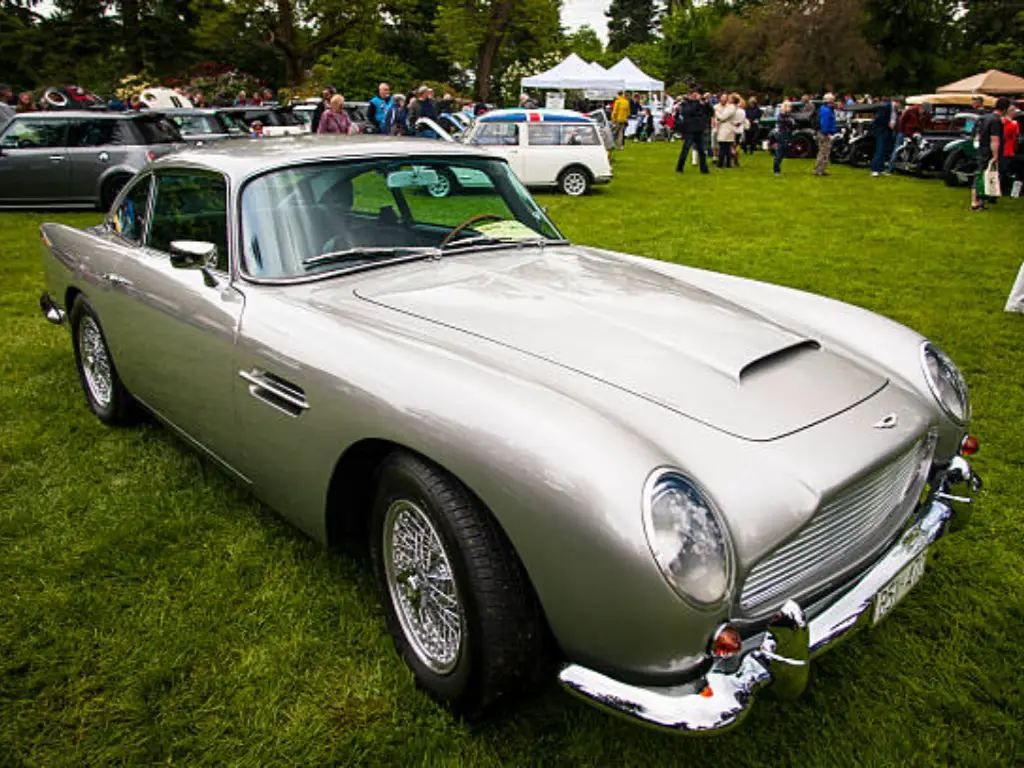
3. Aston Martin DB5 (1963-1965)
Being a great grand tourer on its own, the Aston Martin DB5 was launched to the level of stratospheric popularity by a particular fictitious secret agent. It became, perhaps, the most recognized car in the world by its looks as the gadget-filled vehicle of James Bond in the 1964 film Goldfinger.
The Silver Birch paint and the fine aluminum Superleggera (super light) of Touring of Milan covered a powerful triple-carbureted 4.0-litre inline-six. It was a car to cross continents and do so a high speed and with consummate style. The inside was a nest of Connolly leather and Wilton wool carpets, the uttermost English gentleman. With a short production life and fewer than 1,000 units produced, the cultural effect of the DB5 is immeasurable, and the association between Aston Martin and performance and sophistication would last forever.
- Production: 1963–1965
- Engine: 4.0L Tadek Marek I6
- Power: ~282 bhp
- Defining Feature: Its iconic association with James Bond.
4. Rolls-Royce Silver Cloud (1955-1966)
The Rolls-Royce Silver Cloud was not a sports car in an era of brash sports cars, but an embodiment of the other extreme: total and complete luxury. The Silver Cloud was built to be quiet, so it was being sold under a well-known motto, “At 60 miles an hour, no sound in this new Rolls-Royce was louder than the electric clock.”
The cars were made by hand when they were in the Crewe factory, which took several months. It concentrated more on lush ride characteristics, quietness, and perfect workmanship. There was an early usage of a stately inline-six that was changed to the now world-renowned 6.25-litre L-Series V8 in the Silver Cloud II. J.P. Blatchley wrote the sweeping, elegant lines of the standard steel body, which has remained a classic symbol of affluence and good taste. At the Silver Cloud, it was not the driver who was driving but a driven car- the statement of the ultimate arrival.
- Production: 1955–1966
- Engine: 4.9L I6 (Cloud I), 6.25L L-Series V8 (Cloud II/III)
- Power: Undisclosed (factory stated it was “adequate”)
- Defining Feature: Unparalleled silence, ride comfort, and craftsmanship.
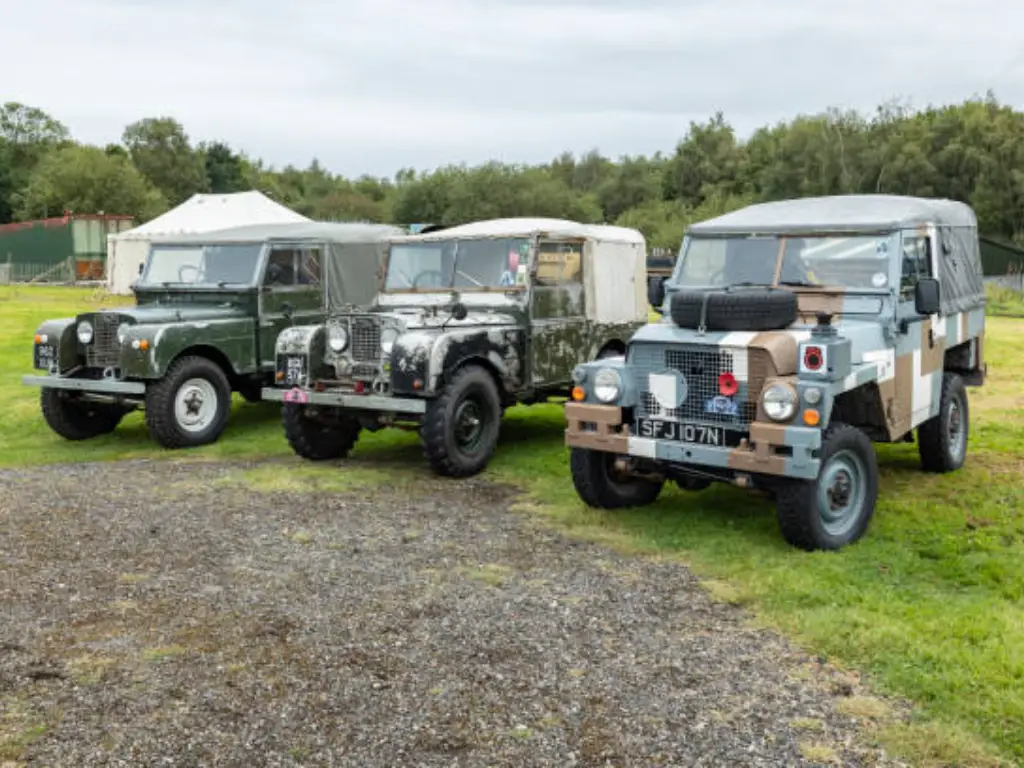
5. Land Rover Series I/II/III (1948-1985)
The original Land Rover was built in response to the Willys Jeep in America and was the brainchild of a sketch in the sand on a beach in Wales. It was created by Maurice Wilks, and it was a success of utilitarian engineering, which was also supposed to be a workhorse for a farmer. It had simple, slab-sided body panels that were fashioned of Birmabright aluminum alloy due to the post-war steel shortages, an aspect that would become a brand trademark.
Its ladder-frame chassis and four-wheel drive, which could be selected, soon showed the Land Rover was capable of going anywhere on the planet. It turned into the vehicle of exploration, farmers, as well as the aid workers and armies, the world over. The changed Series I to the more polished Series II and then Series III had gradual additions of comfort and power, yet the main ingredient of unstoppable capability was preserved. It is a figure of no hurry or comfort, but of pure, raw adventure.
- Production: 1948–1985
- Engine (Series IIA): 2.25L Petrol I4
- Power: ~70 bhp
- Defining Feature: Legendary off-road capability and simple, robust design.
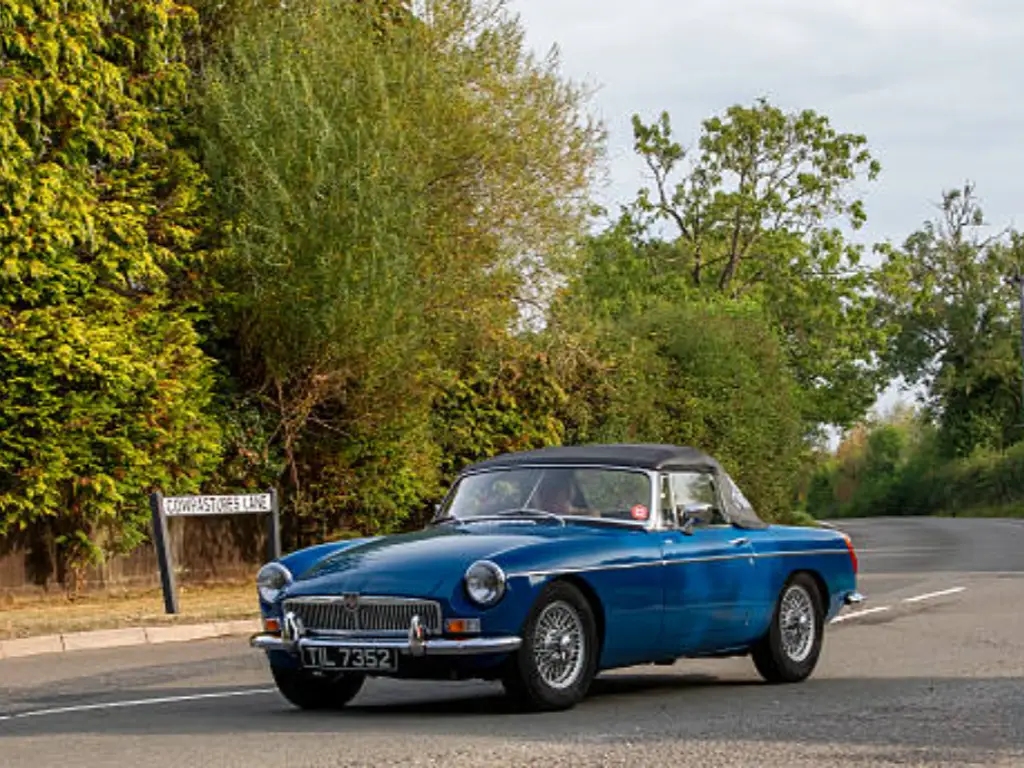
6. MG MGB (1962-1980)
The MGB is the car that best embodies the values of inexpensive, wind-in-the-hair British motoring. Released in 1962, it was an important advancement over its predecessors, with a modern monocoque body that brought its strength and manoeuvrability. Its clean, good-looking body and good-better-best B-Series engine made it an overnight hit, especially in the key US market.
The MGB was a classic roadster: it was straightforward, playful, and easy to maintain. Its 1.8-litre engine with a peppy 95 horsepower was fast enough to be fun on a winding country road. It was also extremely practical in a sports car, as it had a usable trunk and a cozy cockpit. Sold in more than half a million examples in roadster and GT coupe bodies, the MGB made the sports car affordable to everyone and is one of the most popular and supported classics on the road today.
- Production: 1962–1980
- Engine: 1.8L B-Series I4
- Power: ~95 bhp
- 0-60 mph: ~11 seconds
7. Lotus Elan (1962-1973)
“Simplify, then add lightness.” It was the mantra of Lotus founders Colin Chapman, and the Elan was the embodiment of this mantra. Where other manufacturers were pursuing power, Chapman was pursuing pureness of driving experience. This Elan used an intelligent steel backbone chassis combined with a lightweight fiberglass body, making the Elan have a curb weight of only 1,500 lbs (approximately 680 kg).
The Elan was not a remarkably fast car in a straight line, but was a handling car out of this world, driven by an over-revving Lotus Twin-Cam engine. This telepathic steering and extremely agile chassis established a standard of sports car handling which was not perhaps equalled ever again, until the Mazda MX-5 Miata came along many decades later (an automobile which the Elan was highly imitated as). To the real driving enthusiast, the Elan was and will remain one of the best-handling road cars ever built.
- Production: 1962–1973
- Engine: 1.6L Lotus Twin-Cam I4
- Power: ~105-126 bhp
- Defining Feature: Phenomenal handling due to its lightweight philosophy.
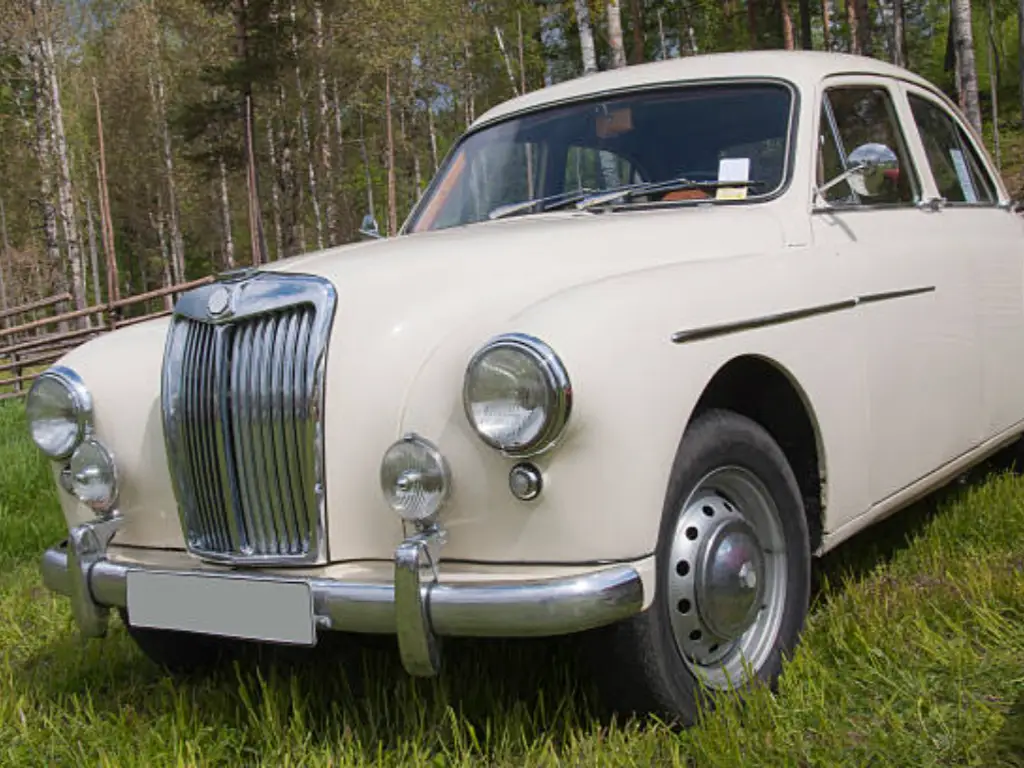
8. Bentley R-Type Continental (1952-1955)
The R-type Continental of Bentley was a revelation in the early 1950s. It was the quickest four-seat production car on the planet, a car that was meant to be owned by the rich industrialist or aristocrat to travel all over Europe at speeds never thought of in a luxury automobile. It had a maximum speed of approximately 120 mph, making it the conclusive grand tourer during that period.
It was the marriage between the strong chassis of Bentley and the ravishingly beautiful fastback bodywork of aluminum by H. J. Mulliner & Co. Each line was put to perfection in a wind tunnel to make it stable at high speed. It had the 4.6-litre inline-six that was used in the regular R-Type, but with a higher compression ratio and different gearing, it changed its personality. The R-Type Continental produced is one of the most exclusive and desirable post-war Bentleys, the first prototype of the modern Bentley Continental GT, and it was only produced in 208.
- Production: 1952–1955
- Engine: 4.6L I6
- Power: ~153 bhp
- Defining Feature: The first modern “supercar” combining high performance with ultimate luxury.
9. Triumph TR6 (1968-1976)
Triumph TR6 was a British small-sized muscle car. Its chassis was very similar to that of the TR5, but its body was an excellent redesigned one of the German company Karmann. This produced a more aggressive, squared-off appearance and a unique Kamm tail rear, which gave it a strong appearance.
The true treasure trove beneath the long bonnet was a 2.5-litre straight-six engine. In UK/European specification warning with Lucas mechanical fuel injection delivered a healthy 150 bhp, and that provided exhilarating performance to the lightweight roadster. The TR6 was a torque and sound car. It provided a pure, gritty driving feel that was not about a refined feel but rather the exhilaration of acceleration with an exhaustingly splendid six-cylinder bellow. It was among the final of the conventional British sports cars with hairy breasts.
- Production: 1968–1976
- Engine: 2.5L Straight-6
- Power: 124-150 bhp (depending on market)
- 0-60 mph: ~8.2 seconds (UK-spec)
10. McLaren F1 (1992-1998)
Although it was published later, the McLaren F1 is the glorious, conclusive bookend to the golden age of analogue performance in Britain. It came about due to the unique design effort of the designer Gordon Murray to design the best road car, with no compromises. The carbon fiber monocoque chassis, the first to be produced on a car, and the central driving position were direct influences of Formula 1.
The F1 had at its core a specially made, naturally-aspirated 6.1-litre V12 engine, which was a BMW Motorsport engine and had a staggering output of 627 horsepower. It was declared as the fastest car in the production category in the world with a top speed of 240.1 mph, which served as a record over a period of more than 10 years. F1 was not only fast, it was a concert of yielding engineering and use of obsessive detail, the gold foil-lined engine bay, the Kenwood stereo custom-designed. It is the ultimate in what British engineering can do in the automotive industry.
- Production: 1992–1998
- Engine: 6.1L BMW S70/2 V12
- Power: 627 bhp
- 0-60 mph: 3.2 seconds
| Car Model | Production Years | Engine | Power (bhp) | 0-60 mph (approx.) |
| Mini Cooper S | 1963–1971 | 1,275 cc I4 | 76 | 10.9 s |
| Jaguar E-Type S1 | 1961–1968 | 4.2L I6 | 265 | 6.5 s |
| MG MGB | 1962–1980 | 1.8L I4 | 95 | 11.0 s |
| Land Rover S IIA | 1961–1971 | 2.25L I4 | 70 | 23.0 s |
| McLaren F1 | 1992–1998 | 6.1L V12 | 627 | 3.2 s |
Keeping These Legends on the Road
Having one of these icons is a dream, but the real passion is to maintain them in excellent condition. These cars are the breathtaking machines that are analogue machines created in another age. The personality such a character is offering also comes with the actualities of old ownership, and owners are fully aware of the issues involved, such as the infamous reputation of Lucas electrical systems or the struggle with corrosion.
The Sunway Advantage: Precision Parts for Your Passion
The mystery behind the secure and pleasurable vintage car drive is the excellence of the parts. This is exactly what Sunway Autoparts has been committed to solving since the year 2007. We view ourselves as custodians of this legacy in automobiles, carefully crafting replacement components that, in many cases, correct the flaws of the original.
Our advantage is precision. Consider procuring a chrome bumper for your Jaguar E-Type, a rear suspension bushing for your MGB, or even a trim part for an AC Cobra, and having it fit perfectly the first time, and not requiring any adjustment. We manufacture parts with modern materials and processes certified by the ISO standard to ensure that they not only meet the standards but also surpass those that are made by the factory. This promise promises that you will not be spending as much time on the ramp trying to get ill-fitting parts, and you will be on the road enjoying the fruits of your labor. We save you time wasted.
We know what these legends require, whether it is a full restoration of a vintage Mini, a complete job on a Land Rover, or the track-down of a lost part in a Cobra, because we specialize in parts between the 1920s and the end of the 1990s. We have up to 200 suppliers in the network, and the ability to make custom-made products, even the most difficult to find, so we are the company to call when they need one of those replacement parts and when they need a complete restoration project.
To restoration stores and distributors, we are not just a supplier, but a trusted manufacturing partner. We give you the steady stock, the same quality, and the order flexibility that you require to have your projects go on and your customers stay pleased. We have a mission statement, and that is to offer outstanding parts that fit, at the right price, and within a short period of time. We preserve such automotive legends for the coming generation.
A Quick Guide for Aspiring Owners
Valued the idea to make your dream come true? Ownership is not hard to come by, as one would assume, but it takes planning. The following is a brief introduction on how to begin.
Budgeting Beyond the Purchase Price
It is only the tip of the iceberg with the sticker price, with its enticing price tag. One of the most important aspects when owning a classic car is the budget for the running costs. The classics need more care than modern cars do and are characterized by distinct costs. When planning a convertible, include spare parts such as the status of the soft top, seals, and frame alignment in your yearly budget.
- Insurance: Find an Agreed Value policy with a classic car insurance company specialist. This is to guarantee that in case of a complete loss, you get what you and the insurance company had agreed to get, rather than a depreciated market value.
- Maintenance and Contingency: It is the golden rule to establish a maintenance and contingency fund of 10-15% of the purchase value of the car per year. When you purchase a $20000 car, you have to expect at least $2000 a year on oil changes, tune-ups, and some of these other unexpected repairs that will constantly come.
- Storage: It is essential to store your investment properly to protect it from the elements. And in case you do not have a dry, safe garage, count on the price of a professional storage facility.
| Expense Category | Estimated Annual Cost (USD) for a $20,000 MGB | Notes |
| Insurance (Agreed Value) | $400 – $700 | Varies greatly by location, driving record, and value. |
| Routine Maintenance | $500 – $1,000 | Includes oil changes, fluids, tune-ups, brake checks. |
| Club Memberships | $50 – $150 | Offers access to technical advice, events, and parts. |
| Contingency Fund | $2,000+ | For unexpected repairs (alternator, clutch, etc.). |
| Total Estimated Budget | $2,950 – $3,850+ | A realistic minimum to keep the car in excellent health. |
The Importance of a Pre-Purchase Inspection (PPI)
This is the single most important step before buying any classic car. Do not skip it. The few hundred dollars you spend on a professional inspection can save you tens of thousands in hidden restoration costs.
Always hire a specialist who is intimately familiar with the specific make and model you are considering. A general mechanic might miss marque-specific issues. The inspector should focus on the “Three C’s”: Corrosion, Chassis, and Compression. Rust is the number one enemy of British classics, so a thorough inspection of the sills, floor pans, and subframes is critical. A healthy engine compression test and a check of all electrical components will provide a clear picture of the car’s mechanical health. If you’re looking at an Austin Healey, for example, choose someone who knows the model’s typical rust spots and driveline quirks.
Where to Find Your Dream Car
- Specialist Dealers: Offer curated, often high-quality inventory with some level of warranty or support. Prices will be higher, but it’s a safer route for first-time buyers.
- Auctions: Online platforms like Bring a Trailer or major houses like RM Sotheby’s offer a vast selection. It’s an exciting environment but requires quick decision-making and carries a higher risk (“as-is” sales).
- Owners’ Clubs: This is often the best source. Cars sold through clubs have typically been cherished by enthusiasts. You get a well-maintained vehicle and its complete history directly from a passionate owner.
- Private Sales: Can yield the best prices but requires the most due diligence. A thorough PPI is absolutely essential here.
Conclusion
The story of the classic British cars goes through innovative, passionate, and indomitable style, such as the revolutionary simplicity of the Mini and the uncompromising performance of the McLaren F1. They are not only metal, rubber, and glass, but they are a physical connection to a golden age of motoring, when cars were constructed with character. They are an icon that fascinates fans even at the end of the world.
Although the path of ownership is not an easy task to undertake and requires dedication, ownership is not a far-fetched dream. With proper planning and the appropriate support system, you do not have to watch that legacy in a museum; you can have it in your garage, drive it, and love it. The British motoring is in its golden age and the open road is before you and the open road is before you.

